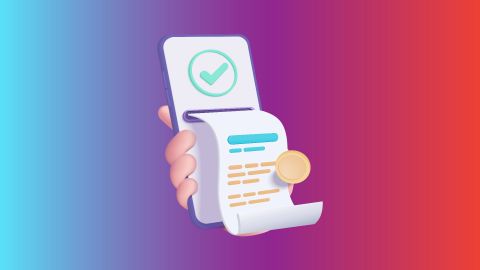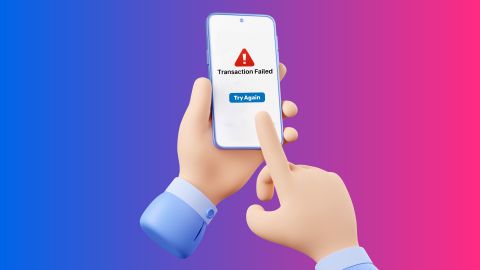A challan is an official document that transfers money for various payments like taxes, fines, or fees. It serves as proof of payment and is essential for record-keeping. With the rise of digital transactions, paying a challan online has become increasingly popular.
Online payments streamline the process, making it faster and more convenient. Users can pay from anywhere, eliminating the need to visit banks or payment centres. This method also enhances transparency, as all transactions are recorded electronically, reducing the risk of fraud. Overall, online challan payments offer a more efficient way to manage financial obligations.
Steps to pay challan via UPI: A complete guide
1. Open your UPI app on your smartphone.
2. Select 'PAY' or 'MAKE PAYMENT' option.
3. Enter the Challan details, including the amount and reference number.
4. Choose UPI ID or scan the QR code if available.
5. Confirm payment details and click on 'PAY NOW'.
6. Enter your UPI PIN for authentication.
7. Receive confirmation of successful payment via SMS or email.
8. Download the receipt for future reference.
Benefits of paying challan using UPI
- Instant transfers: Payments are processed immediately.
- Convenience: Pay anytime, anywhere, using your smartphone.
- No need for bank details: Use UPI ID instead of lengthy account numbers.
- Enhanced security: Two-factor authentication protects transactions.
- Cost-effective: Generally, no transaction fees are involved.
- 24/7 availability: Access services outside traditional banking hours.
- User-friendly interface: Simple navigation in UPI apps.
- Transaction failed: Check internet connectivity and retry.
- Incorrect details: Ensure all entered information is accurate.
- UPI PIN issues: Reset your UPI PIN if forgotten.
- Delayed confirmation: Wait a few minutes; check the transaction status in your app.
- Bank server down: Try again later if the server is unresponsive.
Paying a challan online via UPI significantly simplifies financial transactions. Compared to traditional methods, it offers convenience, speed, and enhanced security.
Users can manage payments efficiently without the hassle of physical visits to banks. The integration of technology in payments provides a seamless experience. Embracing these digital solutions can lead to better financial management and compliance with obligations.




